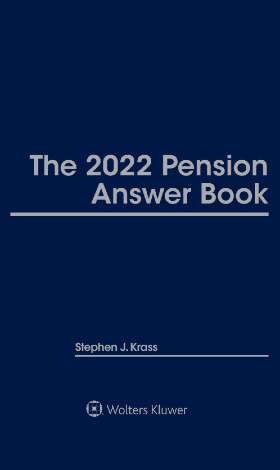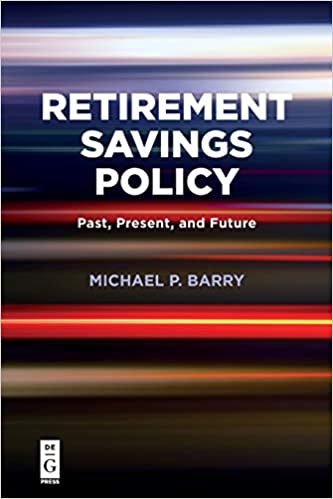The 2022 Pension Answer Book
By Stephen J. Krass A standard in its field, The 2022 Pension Answer Book discusses in detail the full spectrum of pension topics—from qualification requirements to taxation of distributions, from minimum distribution requirements to 401(k) plans. It covers the most up-to-date and significant legislative, regulatory, and case law developments affecting these plans. As a decision-making tool, combining theory and practice-based guidance, The 2022 Pension Answer Book offers insight and clarification on the critical issues affecting pension administration and compliance. In...










